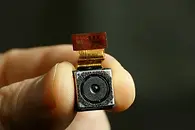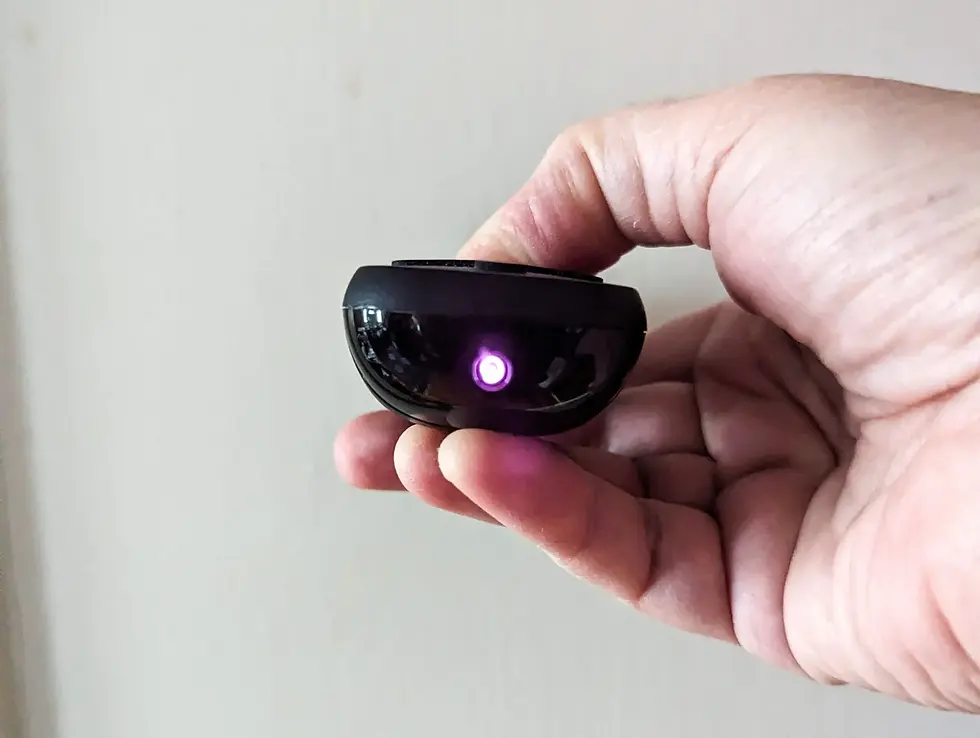
TSCM Home Bug Sweep
TSCM Home Bug Sweep
Our Home Bug Sweep service is conducted on a home to detect and remove any unauthorised surveillance devices or bugs. TSCM Home Bug Sweeps are carried out by Protective Group using specialist equipment to scan for electronic eavesdropping devices such as hidden cameras and listening devices that might be covertly installed to spy on conversations, whether it's actively transmitting signals or passively recording data.
The sweep typically covers various parts of the home such as living rooms, bedrooms, offices, and any other areas where privacy could be compromised.
A Protective Group TSCM Home Bug Sweep can assist with detecting, locating and removing the following covert devices from your home:
-
Audio Bugs (Listening Devices)
-
Hidden Cameras (Video Surveillance Devices)
-
Wireless Devices (RF and Bluetooth Transmitters)
-
Bluetooth enabled tracking devices such as Apple AirTags and other tracking tiles
-
GSM Bugs (Cellular-based Devices)
-
Phone and Line Interception
-
Recording Devices
-
Infrared or Thermal Surveillance Devices
Protective Group also offer a TSCM Car Bug Sweep service.




Explore our various licenses and insurance policies that ensure the highest level of protection for our clients. We are fully accredited and compliant with industry standards.








Protective Group have featured on







Equipment we use
-
RFD ( Radio Frequency Detection) equipment
-
Use of advanced Wi-Fi management software that detects the devices connected to the clients home Wi-Fi network, check the Internet speed and security level, and blocks or pauses Internet on specific devices if required
-
Heatseeking Thermal Imaging equipment to detect abnormal temperatures in the walls and ceiling of the property
-
Borescope to ensure tight spaces are also inspected such as airvents in the property
-
Power testing to ensure there is no secondary power supply
-
Infrared equipment
-
Night Vision equipment
-
Specialist Bluetooth Seeking Technology
Before your Appointment
It's important to gather relevant information and understand a few key aspects of the Client's situation before completing a TSCM Home Bug Sweep.
Preparation will help us address the Client's concerns thoroughly, carry out the necessary inspections, and provide useful advice or solutions.
Steps we take:
-
Understanding the Client's concerns and situation
-
Why do they suspect their house is bugged?
- What types of activities are they worried about?
- Any recent disputes or threats?
- Modifications or accessories
- Who has had access to the home? -
Connected systems
The person assisting the client will explain the capabilities and limitations of the tools and equipment.
Our team will also assist with any questions that client has.
After your Appointment
At the conclusion of the TSCM Home Bug Sweep we debrief with the client.
Within 24 hours of an appointment being completed our team provide a detailed report of our findings, detailing the inspection process, the areas of the home that were checked, and the types of surveillance or tracking devices that were considered.
We include details on the equipment's used during the sweep and any specific techniques applied.
Our team also recommend Countermeasures and Safety recommendations to ensure the client has the understanding to stay as safe as possible and free from any future covert and illegal surveillance.
All Protective Group Client's are also invited to use our exclusive and Technolgy Learning Portal
If something was found, we explain what it is, how it works, and where it was located.
Our TSCM Home Bug Sweep detects all types of bugging devices:
Audio Bugs (Listening Devices)
-
Microphones: Small wired or wireless microphones hidden in furniture, walls, or household appliances to capture conversations.
-
Transmitters: Devices that wirelessly send audio data to a remote location, often via radio frequency (RF), cellular, or Bluetooth.
-
Wired bugs: These are physically connected to a power source and audio capture device, making them harder to detect without specialized tools.
-
Voice-activated recorders: Devices that only start recording when they detect sound, making them difficult to find during casual observation.
Hidden Cameras (Video Surveillance Devices)
-
Miniature cameras: Covert cameras that can be disguised as everyday objects (clocks, smoke detectors, air purifiers, etc.).
-
Pin-hole cameras: Very small cameras that are embedded in walls, appliances, or even light fixtures, typically hardwired or wirelessly transmitting video to a remote location.
-
Night vision cameras: Cameras equipped with infrared (IR) sensors to record video in low-light or dark environments.
-
Wi-Fi and IP cameras: Internet-connected cameras that transmit video footage via Wi-Fi or other wireless networks, allowing remote access.
Wireless Devices (RF and Bluetooth Transmitters)
-
RF (Radio Frequency) bugs: Wireless bugs that use RF to transmit conversations or video to a remote receiver. These devices can be found in various frequencies and may transmit over long distances.
-
Bluetooth bugs: These work over short distances and can connect to nearby smartphones or computers to transmit data.
-
Wi-Fi-enabled surveillance equipment: Cameras or bugs connected to the home's Wi-Fi network, which transmit data over the internet.
GSM Bugs (Cellular-based Devices)
-
GSM bugs: Devices that use the cellular network to transmit audio or video. They can operate through SIM cards and send real-time data or recordings via cellular towers, making them very hard to detect with basic methods.
Phone and Line Interception
-
Landline bugs: Devices that tap into home phone lines to listen in on conversations.
-
Telephone interceptors: These could be placed inside phones or between connections, transmitting phone calls to a remote location.
Recording Devices
-
Audio recorders: Covert audio recorders could be placed in the home, recording conversations to be retrieved later by the person who planted the device.
Vibration or Laser Microphones
-
Laser microphones: Devices that pick up sound vibrations off surfaces like windows from a distance, which can be used to eavesdrop from outside the home.
-
Vibration-based bugs: Devices that attach to surfaces like walls or windows to capture sound through vibrations rather than through air.
Infrared or Thermal Surveillance Devices
-
Some bugs may include infrared sensors or thermal cameras that detect movement or heat, especially in low-light or dark environments.
Other Counter Surveillance Services
Have a Question?
Protective Group are proud to have worked with

NSW Government are a client of Protective Group
Go to link
Benevolent Society are a client of Protective Group
Go to link



Victoria Police engages Protective Group The Orange Door
Go to link

